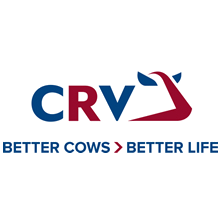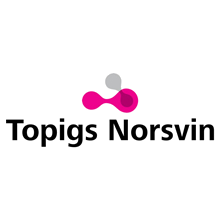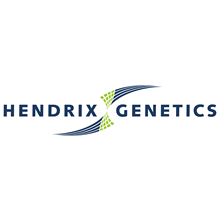Breed4Food seminar: Facing the challenges in the food system
Utilizing DNA information and precision phenotyping
Thursday April 7th about 70 participants were present in Ouwehands Zoo, with another 17 online, to mark the end of the 2nd and beginning of the 3rd joint research program of Breed4Food. Priority number one in animal breeding is to improve a population of animals by selecting the best animals as parents for the next generation. The goal is to contribute with research and development to sustainable production of (dairy) cattle, pigs, broilers, layers, turkeys and aquaculture. These animals are part of the food system and animal breeding aims at responding to changing societal and consumer demands for sustainable production of the main livestock species. In the first part of the seminar the focus was on the research themes utilizing DNA information and precision phenotyping.
Expanding breeding goals
The holy grail of animal breeding is to select the best animals as accurate and as fast as possible. Theme leaders Mario Calus and Yvette de Haas gave an overview of what was done in genomic prediction, use of DNA information in animal breeding, new breeding goals and new phenotypes. Phenotyping of animals started more than 100 years ago. Until the 80's the focus was on production and conformation, such as number of eggs, kg milk and growth. Since then breeding goals broadened, and with genomic prediction more selection pressure can be created which enables making progress for many different traits. That is why developing the core engine for genomic prediction has been, and remains to be, one of the central themes in Breed4Food. In order to make genetic progress, you need to know which animals rank high or low for certain traits and for that precision phenotyping is and will remain important.
Implementation by the companies
Examples of important applications developed within Breed4Food and implemented by the companies were highlighted. One example was the ability of single-step genomic evaluations to translate the vast body of claw health measurements in cattle into accurate breeding values. Other smart algorithms included one for verification and identification of parents based on genotypes, and one to detect chromosomal structure abnormalities based on whole genome sequence information. Another highlighted study was the DNA pooling, which is of great interest because genotyping individual commercial broilers is too expensive, but with DNA pooling a link to the pure lines can be established at low costs. A company is going to repeat it with real data on aquaculture. Another highlighted study focussed on how to measure the cows’ welfare or get an indication for disease detection. With cameras their position in the barn was studied and lying or standing was classified. Patterns in these behaviours during the day can provide information about the welfare state of the cow. Can this be used for the future? For broilers and turkeys it was shown that recording activity of birds is related to health, welfare and performance.
Educate young professionals
Moderator Han Swinkels asked the young professionals Malou van der Sluis, Marieke Poppe and Martijn Derks how their involvement in Breed4Food had impacted their development and career. This included the opportunities to work on practical and powerful datasets, collecting data yourself at a farm, and working on the development of novel traits. Mentioned acquired skills and competences included presentation skills, thinking about implementation of results, and also learning to make realistic goals.
Presentation Utilizing DNA Information
Presentation Precision Phenotyping





